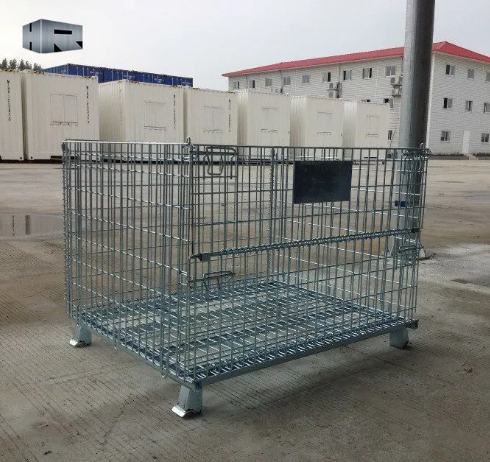
Mesh containers are specially designed containers that have a mesh or perforated construction, allowing for proper ventilation and air circulation inside the container. This feature facilitates the transportation and storage of perishable goods by providing adequate airflow to help regulate temperature and humidity levels, thus preventing the growth of mold, bacteria, and other harmful microorganisms that can spoil perishable goods.
The mesh construction of these containers allows air to flow freely throughout the entire container, ensuring that perishable goods receive proper ventilation from all sides. This helps to maintain the freshness and quality of the goods, as well as prolong their shelf life. Without proper ventilation, perishable goods can become stale, moldy, or even rotten due to the build-up of moisture and lack of oxygen inside the container.
Additionally, mesh containers also help to prevent condensation from forming inside the container. Condensation can occur when there is a temperature difference between the inside and outside of the container, leading to the accumulation of moisture on the walls and surfaces of the container. This moisture can promote the growth of mold and bacteria, which can spoil perishable goods quickly. By allowing air to circulate freely, mesh containers help to regulate temperature and humidity levels, reducing the risk of condensation and ensuring that perishable goods stay fresh and safe for consumption.
Furthermore, the mesh construction of these containers also makes them lightweight and durable, making them ideal for transporting and storing perishable goods. The open design of the mesh containers allows for easy visibility of the contents inside, making it easier to monitor and inspect the goods during transportation and storage. This can help to identify any potential issues or damage to the goods early on, allowing for prompt action to be taken to prevent spoilage.
Overall, mesh containers are an essential tool for facilitating proper ventilation for perishable goods during transportation and storage. Their unique design allows for adequate airflow and air circulation, helping to regulate temperature and humidity levels, prevent condensation, and maintain the freshness and quality of perishable goods. With proper ventilation, perishable goods can be safely transported and stored, ensuring that they reach their destination in optimal condition for consumption.




